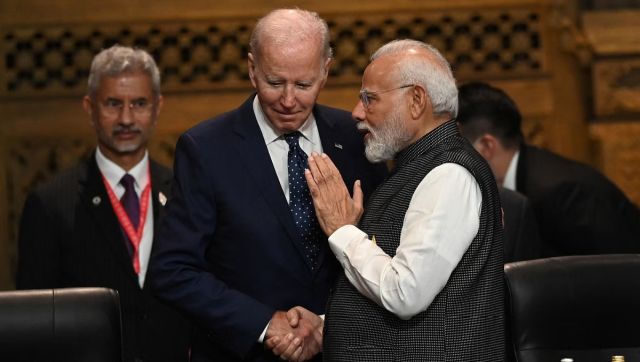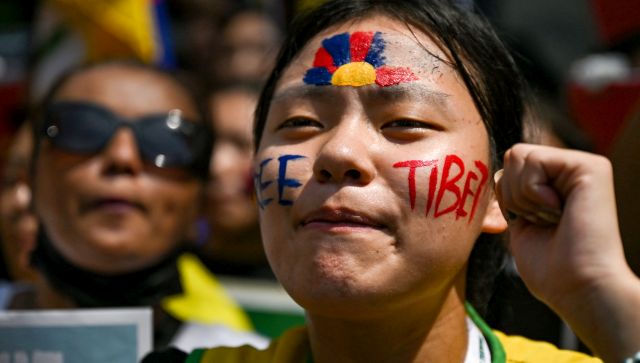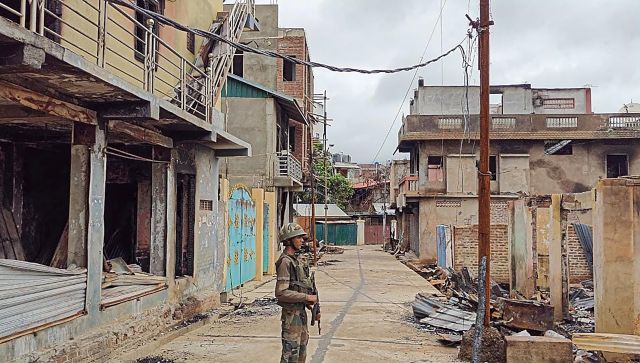Talks between Indian and Chinese army commanders to disengage troops from key friction areas along the Line of Actual Control ended in a stalemate and failed to ease the 17-month stand-off.
In a statement on Monday, the Ministry of Defence said it gave “constructive suggestions” but the Chinese side was “not agreeable” and “could not provide any forward-looking proposals” .
China hit back with its military spokesperson saying that “the Indian side sticks to unreasonable and unrealistic demands, adding difficulties to the negotiations”.
What happened at the 13th round of talks?
On 10 October, delegations from the Indian Army and Chinese military met at the Chushul-Moldo border point on the Chinese side of the Line of Actual Control in eastern Ladakh to discuss the ongoing border stand-off.
During the eight-and-a-half hour talks, the Indian Army said pointed out that the situation along the LAC had been caused by “unilateral attempts” by the Chinese side to alter the status quo and in violation of bilateral agreements.
“It was, therefore, necessary that the Chinese side take appropriate steps in the remaining areas so as to restore peace and tranquility along the LAC,” the army said.
In response to India’s statements, the spokesperson of Western Theatre Command spokesperson Colonel Long Shaohua said: “China made great efforts to promote the easing and cooling of the border situation and fully demonstrated its sincerity in order to maintain the overall situation of the relations between the two militaries”, but “India still insisted on the unreasonable and unrealistic demands, which made the negotiations more difficult”.
A Global Times editorial , the Chinese mouthpiece, said that “the root cause is that Indian side still hasn’t developed a correct attitude in the negotiations. It always makes unrealistic demands not in line with the real situation or its strength”.
China Daily quoted Chinese foreign ministry spokesman Zhao Lijian as saying at a news briefing on Monday that the Indian statement was “entirely groundless”.
As per the report Lin Minwang, deputy director of Fudan University’s Center for South Asian Studies, said that China attaches great importance to relations between the militaries and has taken actions based on consideration of the overall situation, but the Indian side has started to become more aggressive, hence the tough statement from the Chinese military.
Why the talks?
The Sunday talks were held in view of trying to resolve the situation at Hot Springs, where troops of both sides have been facing off against each other ever since May 2020.
Other friction points such as the Galwan Valley, Pangong Tso and Gogra have seen improvements since talks, but Hot Springs continues to be an issue.
Tensions between the two countries have been high since June last year when 20 Indian soldiers, including the commanding officer, lost their lives in a clash , which was later termed as the deadliest in the past four decades.
Sunday’s talks took place even as India foiled the attempts of the Chinese to enter Tawang in Arunachal and damage a few unoccupied bunkers at the border pass of Bum La and Yangtse .
Also, it was reported that close to 100 soldiers of the Peoples Liberation Army transgressed the LAC in the Barahoti sector of Uttarakhand. The Chinese troops returned from the area after spending a few hours.
Previously, it had been reported that China had built modular container-based accommodations in a number of high-altitude forward areas. Also, it has reportedly deployed S-400 anti-aircraft systems at Hotan air base in Xinjiang and Nyingchi air base in Tibet .
Chinese expansionism
It appears that China is unwilling to relent on the issue of Hot Springs, which lies in the Chang Chenmo river valley, close to Kongka La.
The sharp exchange was also a departure from the past where they have issued joint statements.
Moreover, it has been reported that the Chinese troops have been preventing Indian troops from accessing traditional patrolling points on the Depsang Plains. As per a Telegraph report, the Chinese has cut off the Indian Army’s access to five traditional patrolling points — PPs 10, 11, 11A, 12 and 13 — since the border stand-off began in May last year.
Just ahead of the talks, the Indian Army Chief, General M M Naravane had also warned about the massive deployment of troops and weaponry by the Chinese side .
He was quoted as saying, “It is a matter of concern that the large-scale buildup has occurred and continues to be in place, and to sustain that kind of a buildup, there has been an equal amount of infrastructure development on the Chinese side. “So, it means that they (China) are there to stay. We are keeping a close watch on all these developments, but if they are there to stay, we are there to stay, too.”
The border stand-off arises from the fact that the Line of Actual Control is a notional demarcation line. In simple words: It is different from the borders claimed by each country.
With inputs from agencies
)
)
)
)
)